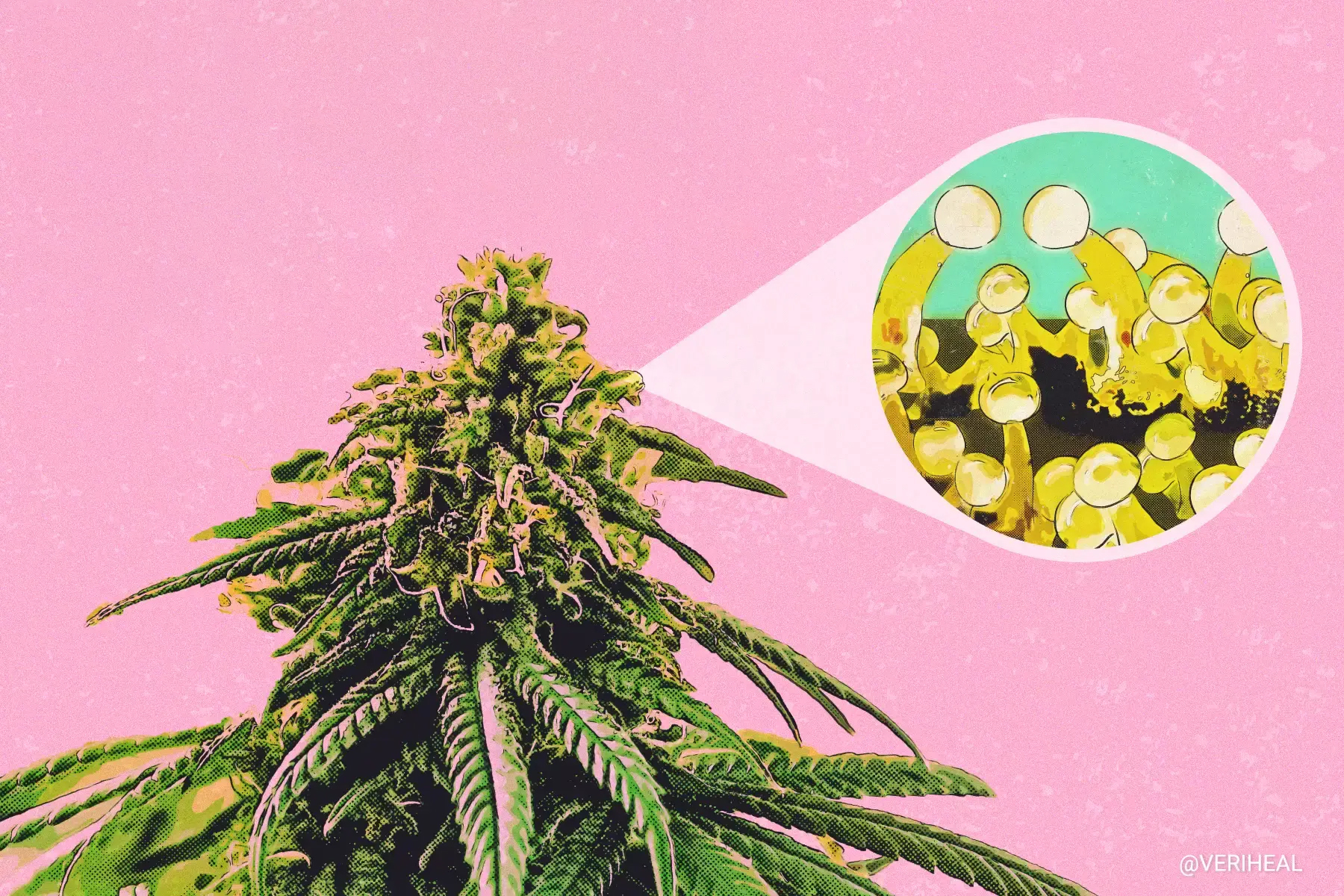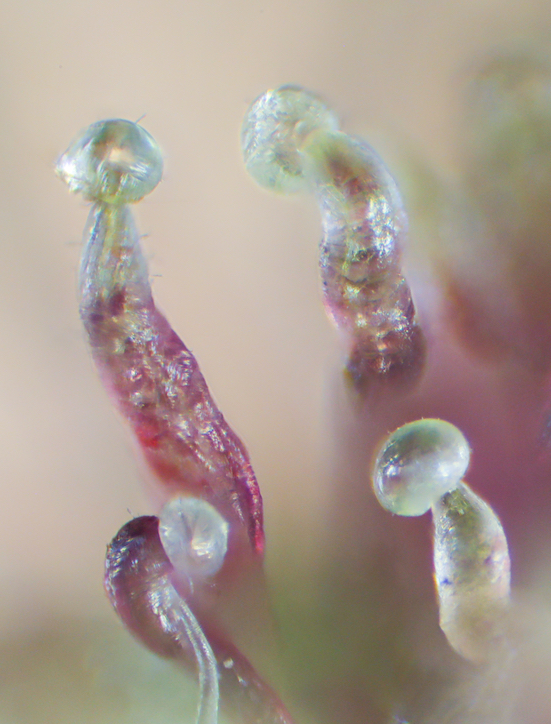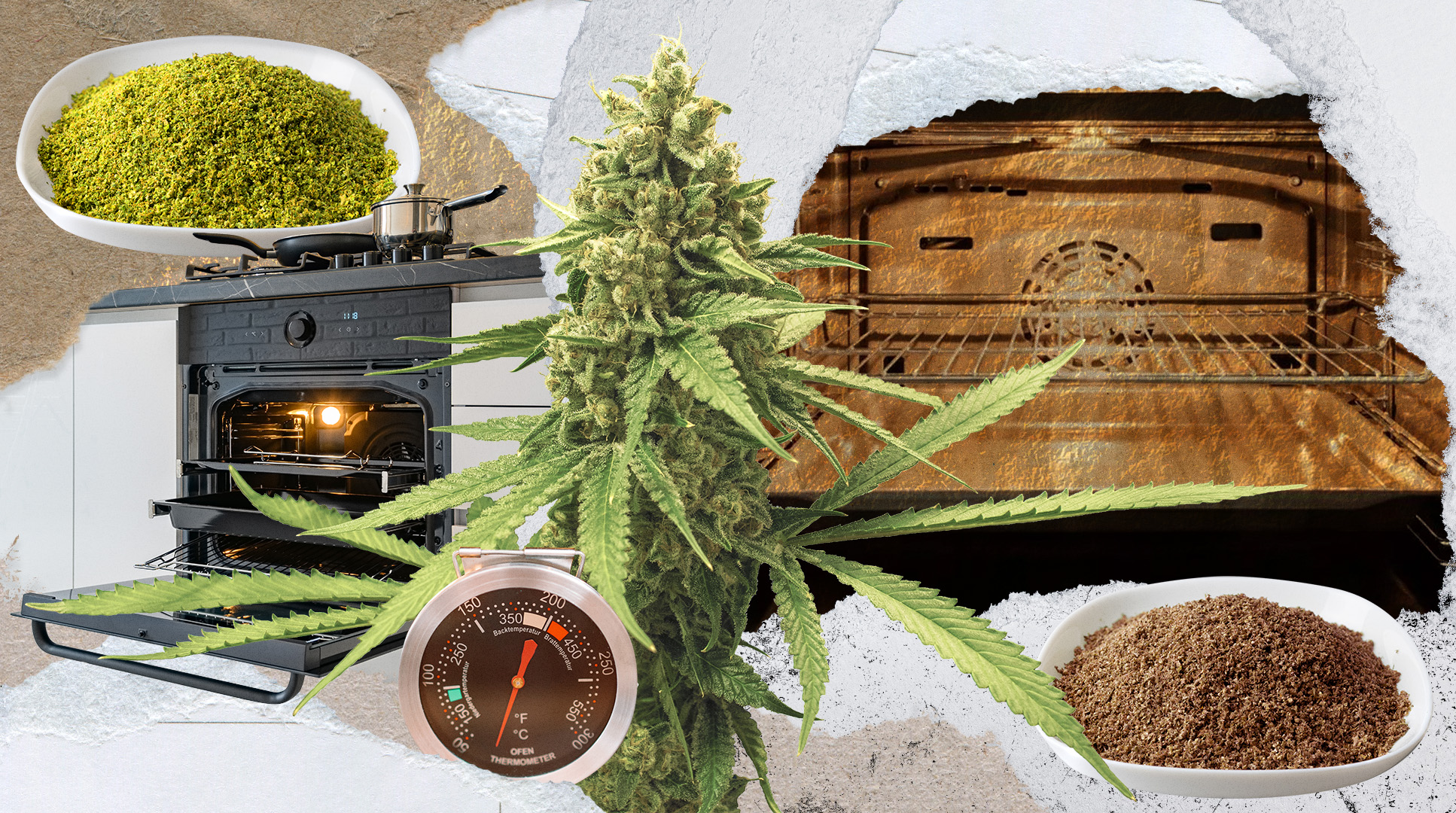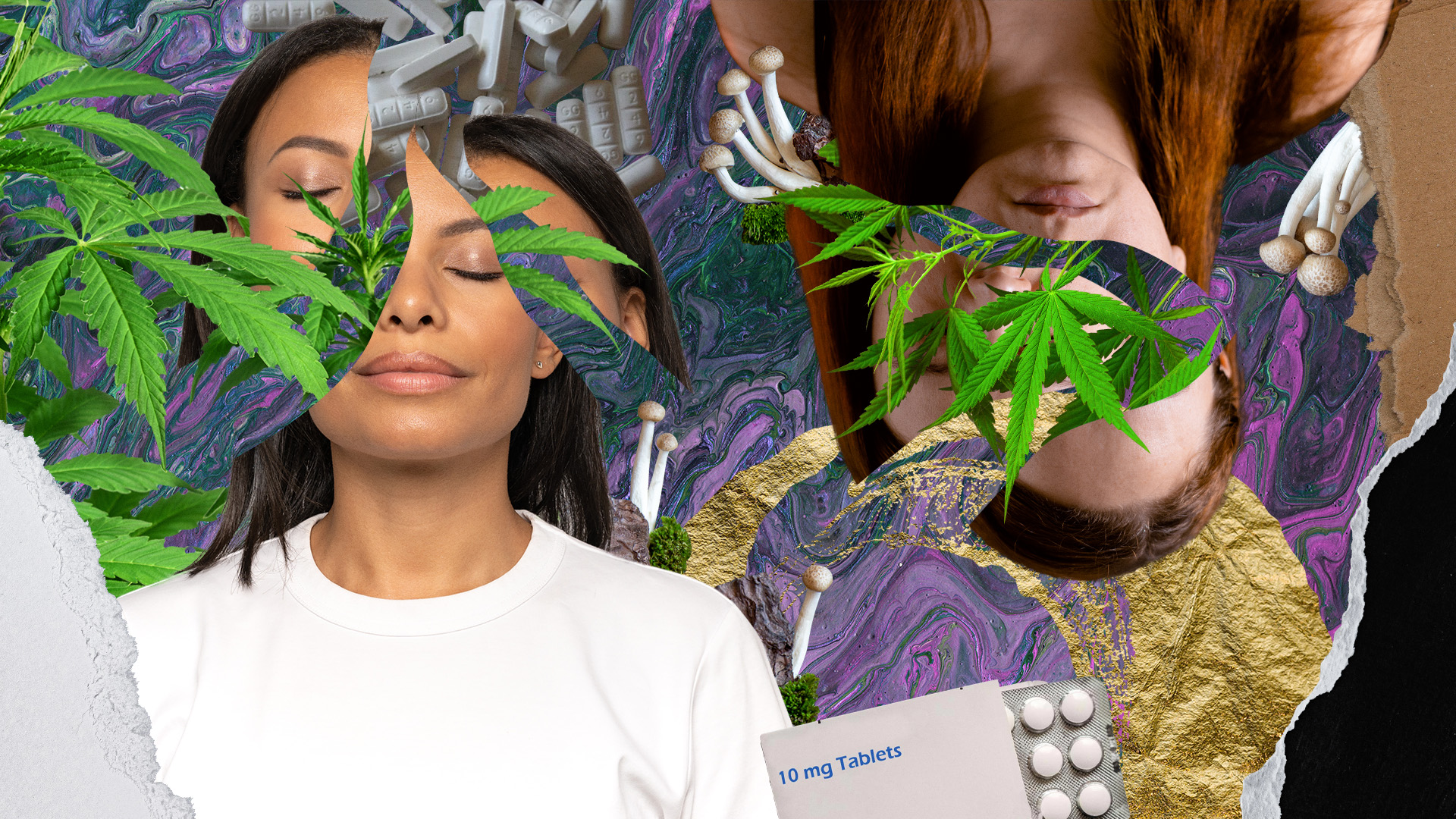There have been a couple of theories about what controls the potency and fragrance of cannabis. Luckily for us, we now have an answer. A 2019 study conducted by researchers at the University of British Columbia (UBC) handed us the key: trichomes.
Trichomes are microscopic, mushroom-shaped hairs on the cannabis plant that play a direct role in the effects consumers experience from cannabis. These tiny weed crystals contain the majority of the plant’s cannabinoids—the active chemical compounds—and terpenes—the aromatic compounds. Together, the compounds determine how our cannabis smells, tastes, and makes us feel.
How Cannabinoids and Terpenes Are Stored
THC and CBD metabolites, the primary phytocannabinoids in the Cannabis sativa plant, are formed from carbohydrate and sunlight metabolism. Have you ever noticed what looks like small, transparent hairs on your cannabis flower? These hairs, called trichomes, are what store the phytocannabinoids all over the plant’s leaves, buds, and stocks. Scientists used to think that phytocannabinoids could only be found in the Cannabis sativa plant, but they have since been found in various flowering plants, fungi, and liverworts.
It is believed that up to 90% of the total THC contained in a cannabis plant is stored in the trichomes, which is why researchers and growers seek to learn more. In their 2019 study on these compounds, the UBC researchers set out to understand how trichomes make and store their products, including phytocannabinoids and THC resin. They discovered that ultraviolet (UV) light assisted them in monitoring trichome maturity on the cannabis flowers and visually determining optimal harvest times.
From afar, these compounds give cannabis its crystalline shine. Exposing the trichomes to UV light, the researchers found that the stalked trichomes emitted a bright blue color and contained a large, pie-shaped disc of cells that store the THC and CBD metabolites and fragrance-giving terpenes. They were astonished to find out that the high levels of these metabolites that are stored should be toxic to the cells, so the researchers are planning to investigate how the cell walls manage this in a future study.
The research team also found out that the stalked compounds came from a sessile (flat)-shaped precursor. These precursors emitted a red color, did not have a stalk, had smaller secretory discs, and produced fewer fragrant terpenes. The stalked trichomes grew out of their precursors and underwent a dramatic change that could be visualized using a microscope.
Types of Cannabis Trichomes
The UBC researchers were also able to uncover the three different types of trichomes found on the plant, which wouldn’t have been possible without the UV lights and imaging equipment. Cannabis trichome types include:
Bulbous Trichomes
Bulbous trichomes look like small, pointed structures and appear on the entire surface of the cannabis plant. They are the smallest trichomes and are not visible to humans. It has been said that they are responsible for secreting cannabis resins.
Capitate-sessile Trichomes
The next size up from the bulbous variety, these trichomes typically dvelop before the cannabis plant flowers start growing. Capitate-sessile trichomes look flattened, sit on the skin of the plant, and contain cannabinoids. They are usually found on the underside of the plant’s leaves.
Capitate-stalked Trichomes
Capitate-stalked trichomes, clocking in at 50-100 micrometers, are the largest and most abundant type and are the only ones visible to the naked eye. They are typically found on the surface of the flowers rather than the leaves. These mushroom-shaped stalks typically form during the flowering phase of growth and are heavily involved in producing cannabinoids and terpenes. Because of their role and visibility, capitate-stalked trichomes typically determine when the cannabis is ready to be harvested.
Why Trichomes Exist
The production of trichomes in cannabis plants depends on various factors, including genetics and environmental factors like heat, physical contact, and oxygen. But why do they even exist? Cannabis trichomes are very important because, without them, the plant would not have the medicinal properties that many enjoy over its sister plant, hemp. They also help plants absorb water, moisture, and nutrients from the soil, as well as protect them from extreme heat, sunlight, and fungal growth.
Additionally, trichomes grow on the plant as a defensive mechanism and are bitter and acidic-tasting to smaller birds and insects that threaten to damage the plant. When a flowering plant blooms, it typically attracts these undesirable critters, but the sticky residue and bitter taste seeping out of cannabis trichomes steers them away. This allows the cannabis flowers to safely reach maturity.
When Is It Time To Harvest?
Timing is essential when it comes to cannabis cultivation, and trichomes are also the most reliable way to tell when your crop is ready to harvest. Harvesting cannabis plants at the right time is of utmost importance for capturing the best strength and fragrance of the buds. Some growers plan their harvests for when the trichomes have the most potent amount of resin inside, while others aim for the highest possible amount of flower to be harvested or a balance of both.
Regardless of whether you want to try your hand at growing for the first time or you are an experienced cannabis cultivator, understanding the difference between milky (clear to cloudy) and amber trichomes (yellowish-orange) is important for harvesting cannabis flowers at the right time. When cannabis trichomes become at least 50% cloudy with the rest having turned a shade of amber, it is typically the best time to harvest for the highest potencies available for that strain.
When looking at the crystals in your weed to determine when to harvest, remember to have a strong magnifying glass or jewelers’ lens handy. Trichomes are tiny and are almost impossible to identify with the human eye—not to be confused with the longer pistils in the middle of the buds that also change in color. Many growers also keep an eye out for pollen sacks that can grow on cannabis plants, indicating that the plant is male and thus likely contains fewer cannabinoids.
Clear Trichomes
Clear trichomes start to develop on your plant as it leaves the vegetative stage and begins its flowering process. This translucent color happens when the trichome glands start producing resin as peak THC concentration nears, but other cannabinoids are still busy forming and are definitely not ready for harvesting.
Cloudy Trichomes
When cloudy, or opaque, coloring occurs, the trichomes are getting closer to the desired outcome; however, they are still not mature enough to harvest. This is when you want to start monitoring your plants more closely. When 50%-70% of your plant has turned cloudy and the rest have turned amber, you should harvest it if you are looking for a stronger, more euphoric effect. Most cultivators harvest the plant when 50% of the trichomes are cloudy and the rest are amber.
Amber to Brown Trichomes
When trichomes are all ranging in color from amber to brown, this is when the plant has reached its full maturity. If you are growing cannabis solely for THC content, you must act quickly—once the trichomes turn amber, they start to degrade in quality. By the time the plant is all amber and starting to turn brown, most of the THC has naturally converted to cannabinol (CBN), which has very relaxing, sleep-aiding, and couch-locking properties.
Author, Share & Comments

















